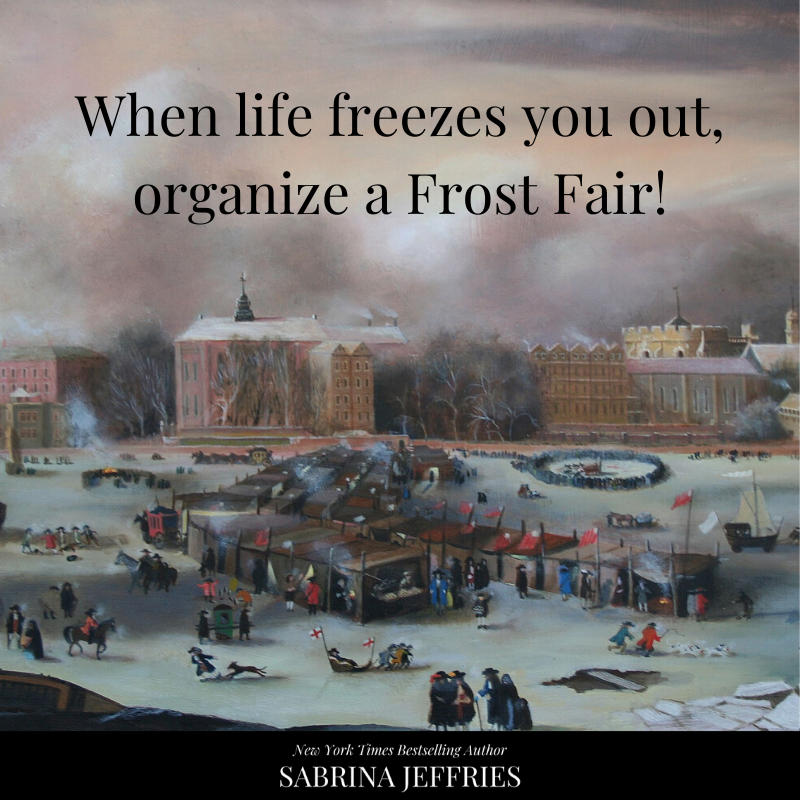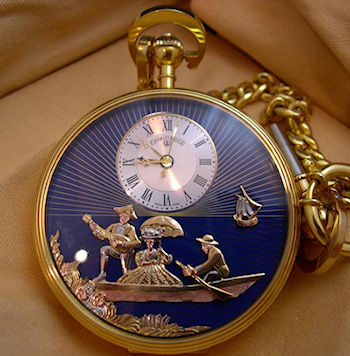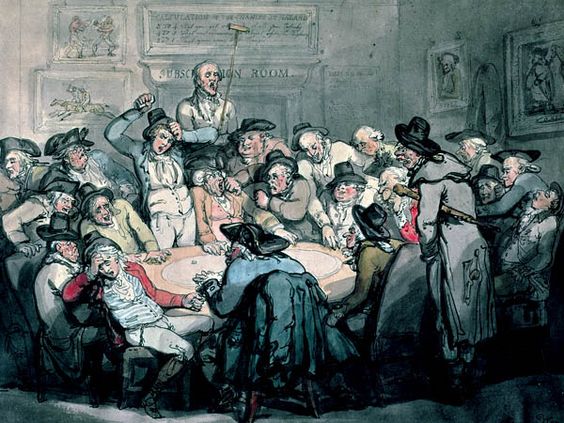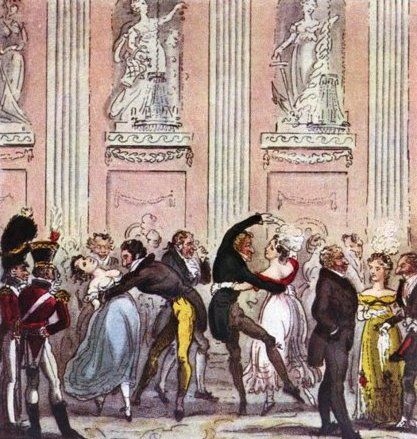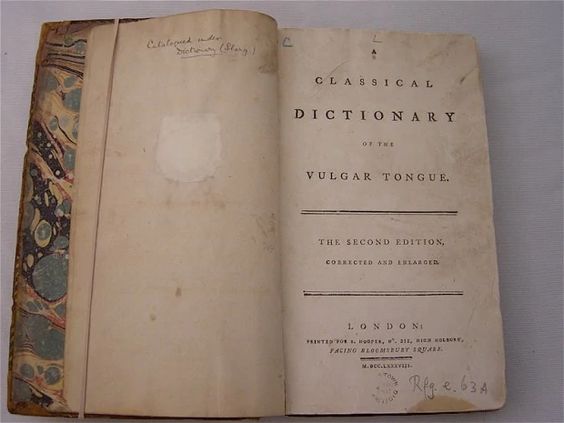Just Dance
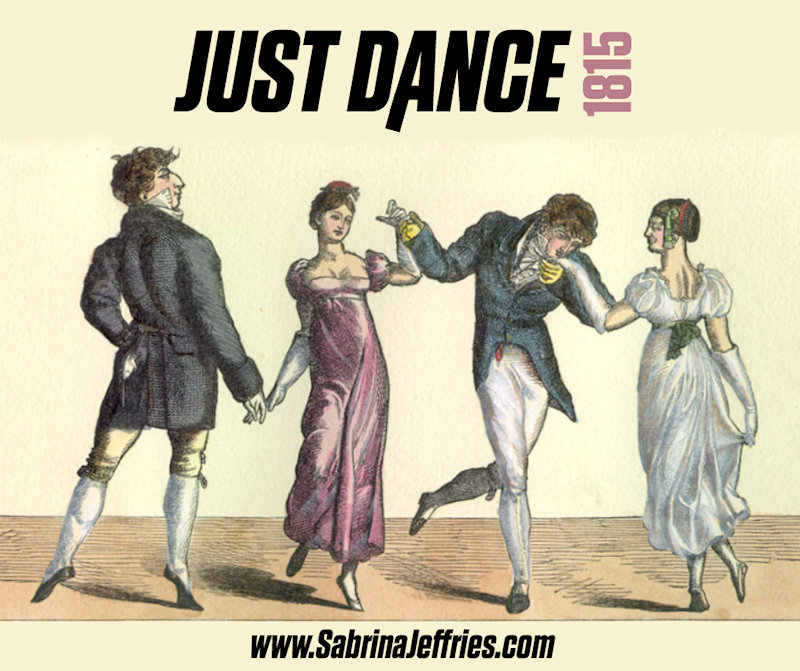
As I researched dances for Grey to teach Beatrice, I had trouble finding one with set figures for a specific piece of music. Although “Jenny’s Market” from Project Duchess was created specifically for the Emma BBC series, all of the figures can be found in a variety of English country dances, so I went with that one. Plus, it looked sexier than a lot of the others. Hey, just because I wanted a dance that was true to the period doesn’t mean I had to sacrifice intimacy to get it!


